Ingredients: Malva sylvestris ، Cicer arietinum
Active Ingredients: Salicylic acid, linoleic , oleic , acids,riboflavin, niacin , thiamin, folate, vitamin A, β-carotene, tannin, phenols, flavonoids, carotenoids, tocopherols, anthocyanin ، sterol
Indications: Dandruff
Dosage and administration: Depending on the dandruff area, mix some of the mixture (contents of half to two sachets) with vinegar and apply on the area for 10 to 20 minutes, then wash.
Side effects: No specific side effects have been reported.
Recommended tips: To achieve the desired result, the duration of treatment should be at least 2 to 4 months.
Pharmacological effects and mechanism of action MOA: chickpea is rich in nutritionally important unsaturated fatty acids such as linoleic and oleic acids. β-Sitosterol, campesterol and stigmasterol are important sterols present in chickpea oil. Ca, Mg, P and, especially, K are also present in chickpea seeds. Chickpea is a good source of important vitamins such as riboflavin, niacin, thiamin, folate and the vitamin A precursor β-carotene. . Chickpea has several potential health benefits, and, in combination with other pulses and cereals, it could have beneficial effects on some of the important human diseases such as CVD, type 2 diabetes, digestive diseases and some cancers. Overall, chickpea is an important pulse crop with a diverse array of potential nutritional and health benefit. The plant is also the richest in nutraceuticals such as powerful antioxidants (phenols, flavonoids, carotenoids, and tocopherols), unsaturated fatty acids (e.g. α-linolenic acid) and minerals measured in ash content .They also contain anthocyanins, polyphenols, flavonoids and tannins . In various studies reported that these chemical compounds have various pharmacological properties, including anti-itching, antidandruff, anti-inflammatory (by inhibiting pro-inflammatory cytokines) and antioxidant . They also have inhibitory effects on enzymes cyclooxygenase (COX), lipooxygenase (LOX) and Phospholipase A2 (PLA2) . As COX and LOX are key enzymes in converting arachidonic acid to prostaglandins and leukotriene’s which cause inflammation . Also tannin, ellagic acid and phenolic acid in the plant possess antidandruff, antifungal and antimicrobial properties .Salicylic acid is a beta hydroxyl acid keratinolytic agent that is useful in removing scaly hyperkeratotic skin. It decreases cell-to-cell adhesion between corneocytes. This agent is widely used in the AD preparations .This plant decoction has been used to rinse hairs for the removalof dandruff and to soften hairs
Pharmacological effect of this product from the perspective of traditional medicine: Dandruff is made from the sputum of the burki temperament, or from the sputum of the melancholy blood, which disturbs the upper part of the head and corrupts the hair follicles. The causes of its occurrence in traditional medicine are a bad temper that leads to the destruction of the necessary food on the scalp, dryness of the scalp, a composite bad temper. For treatment in all cases, use plants with properties: scraper. assimilator and moisturizing analysis is recommended. It should be noted that if the disease progresses to seborrheic dermatitis, treatment should be started with cleansing through venesection (bloodletting) and strong laxatives.
References: 1-PubMed/Nutritional Quality and Health Benefits of Chickpea (Cicer Arietinum L.): A Review /2012 2-Pmc/Evaluation of cutaneous wound healing activity of Malva sylvestris aqueous extract in BALB/c mice/2012 3-Sites.kowsarpub/Preparation of Strong Antidandruff Shampoo Using Medicinal Plant Extracts: A Clinical Trial and Chronic Dandruff Treatmen 4-PMC/ DANDRUFF: THE MOST COMMERCIALLY EXPLOITED SKIN DISEASE/2010 PDR for Herbal Medicines/page 395 5-Reseachgate/Little Mallow: A review of botany, composition, uses and biological potentials/2017

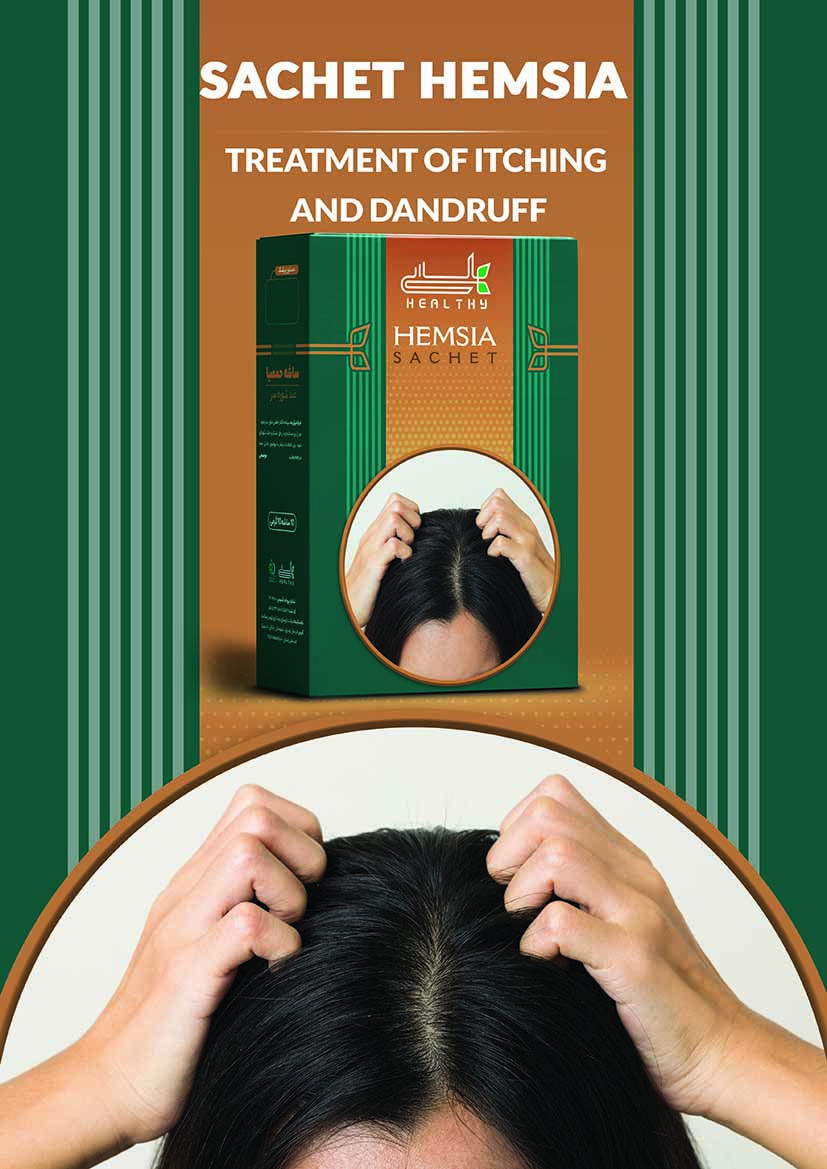
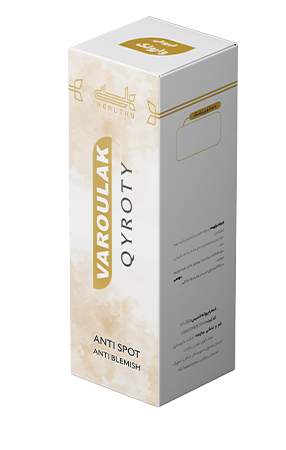
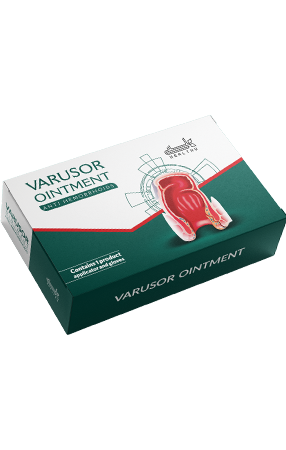
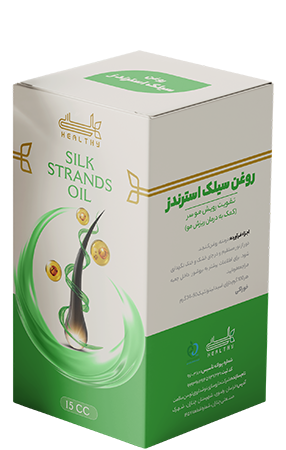
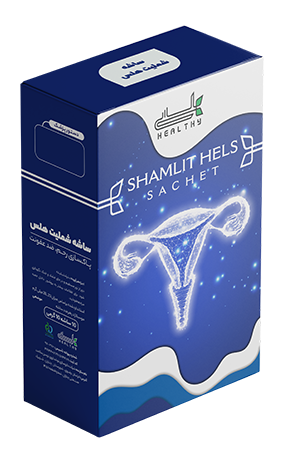
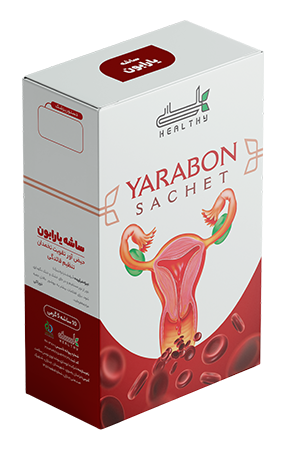

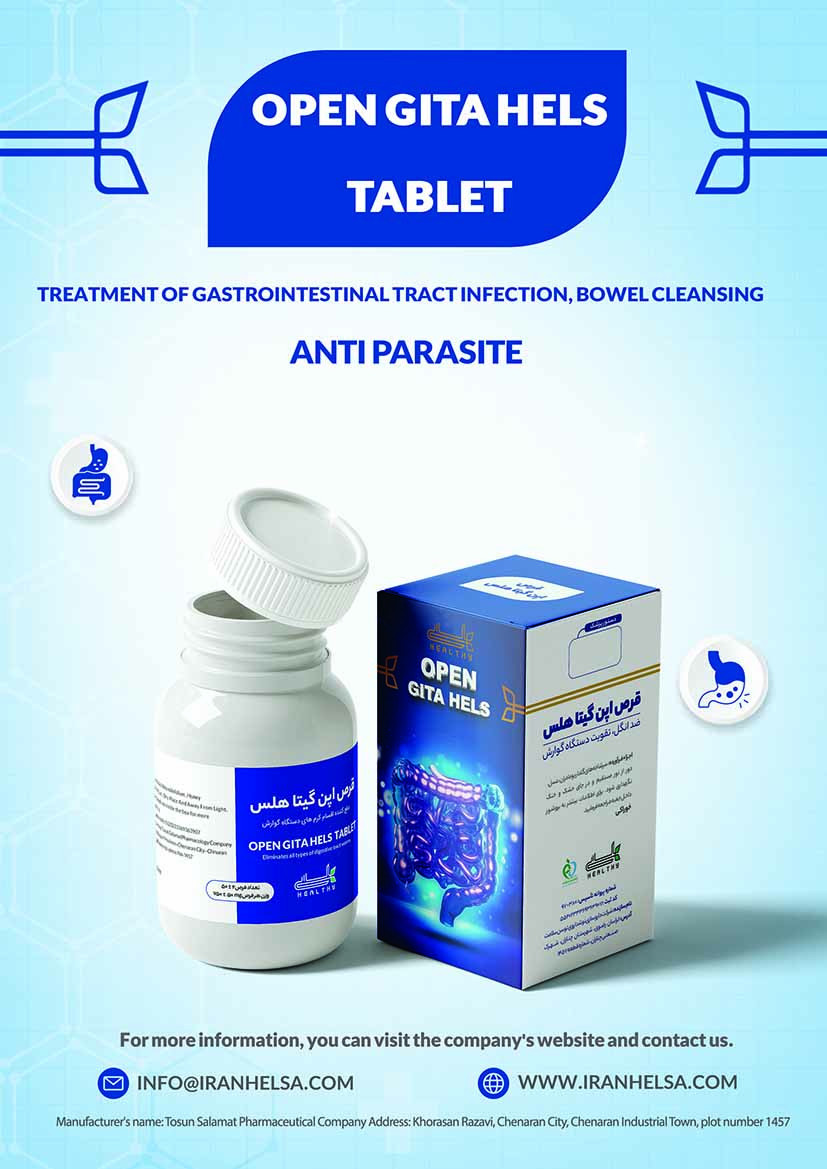
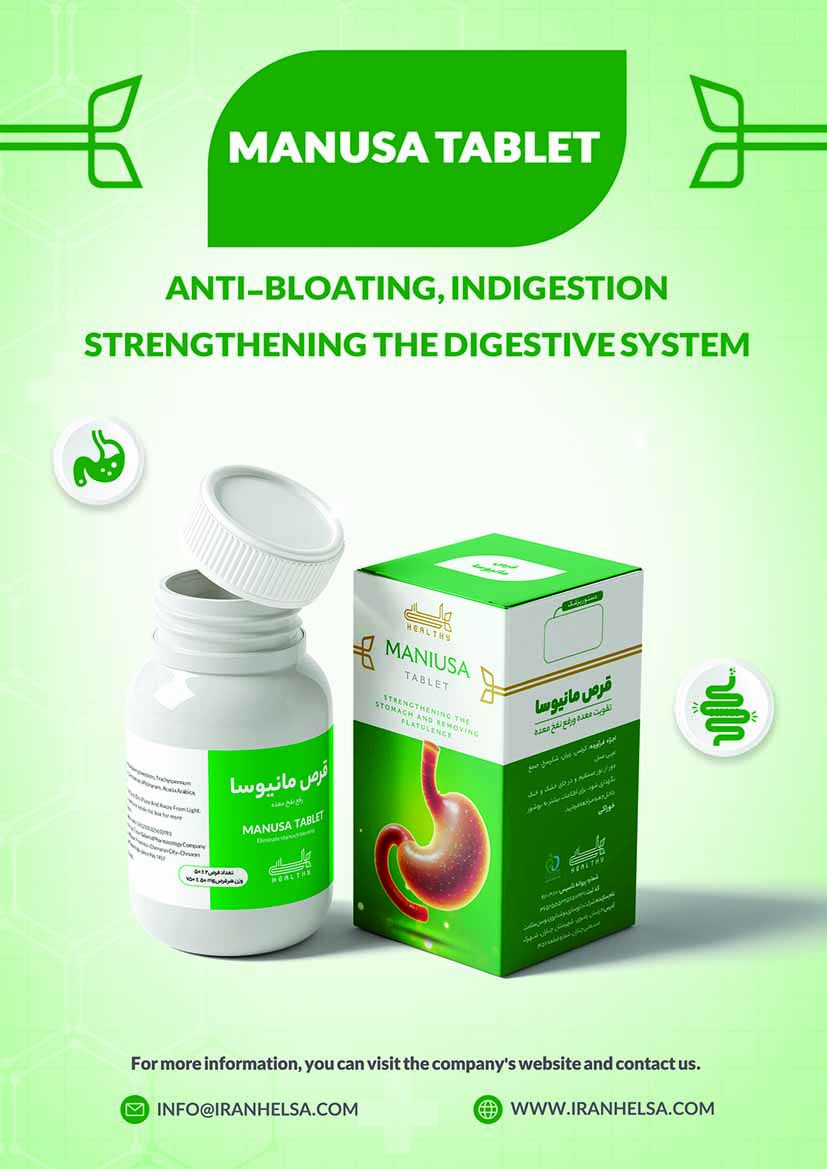
User comments